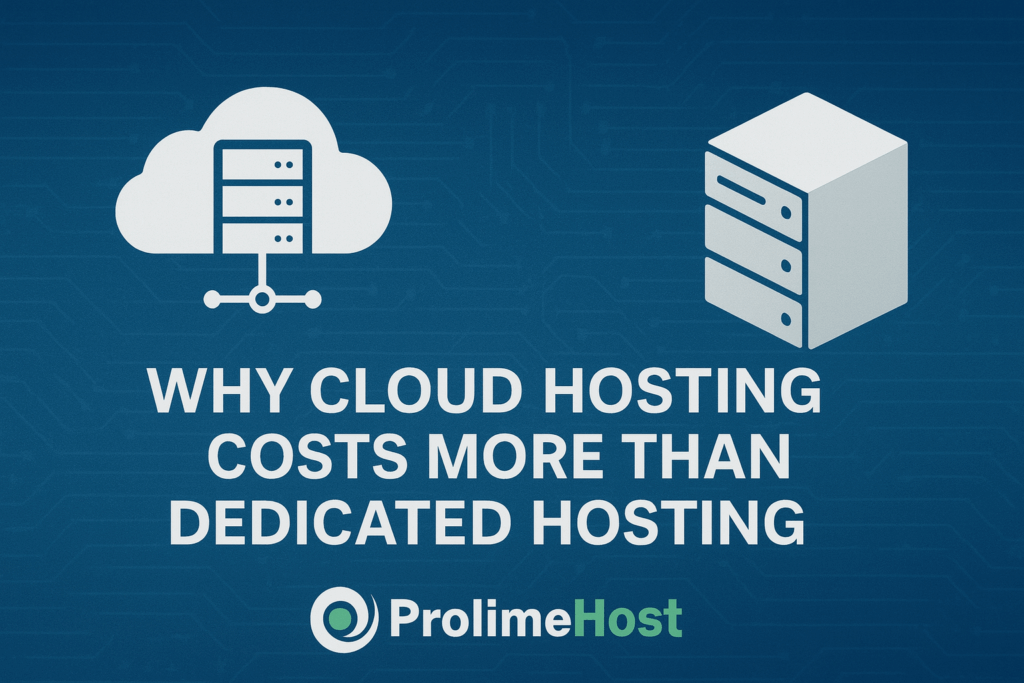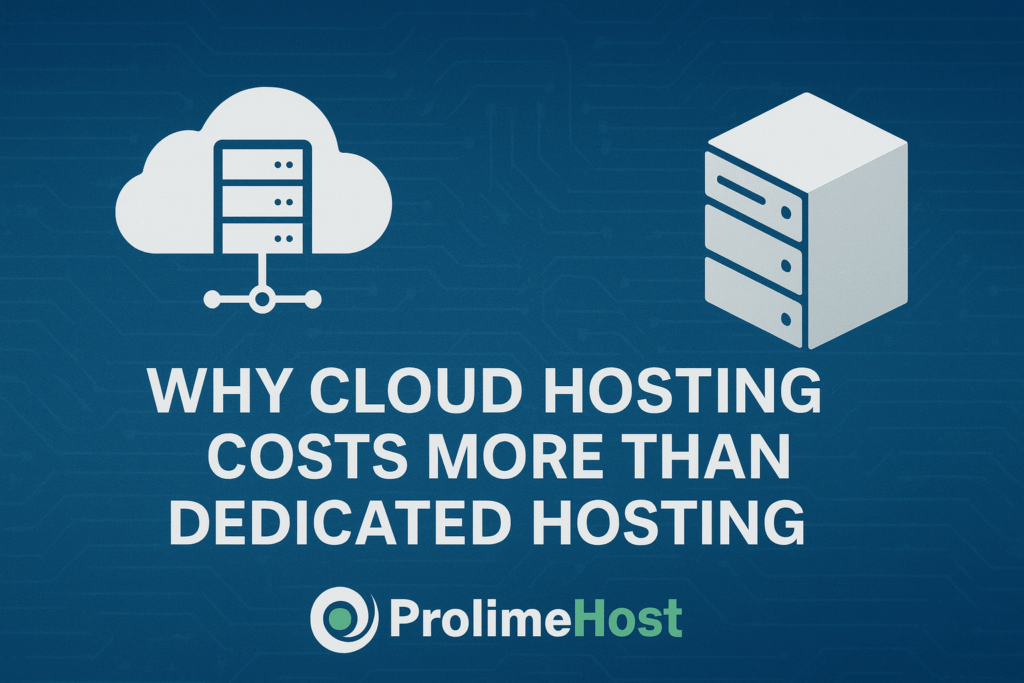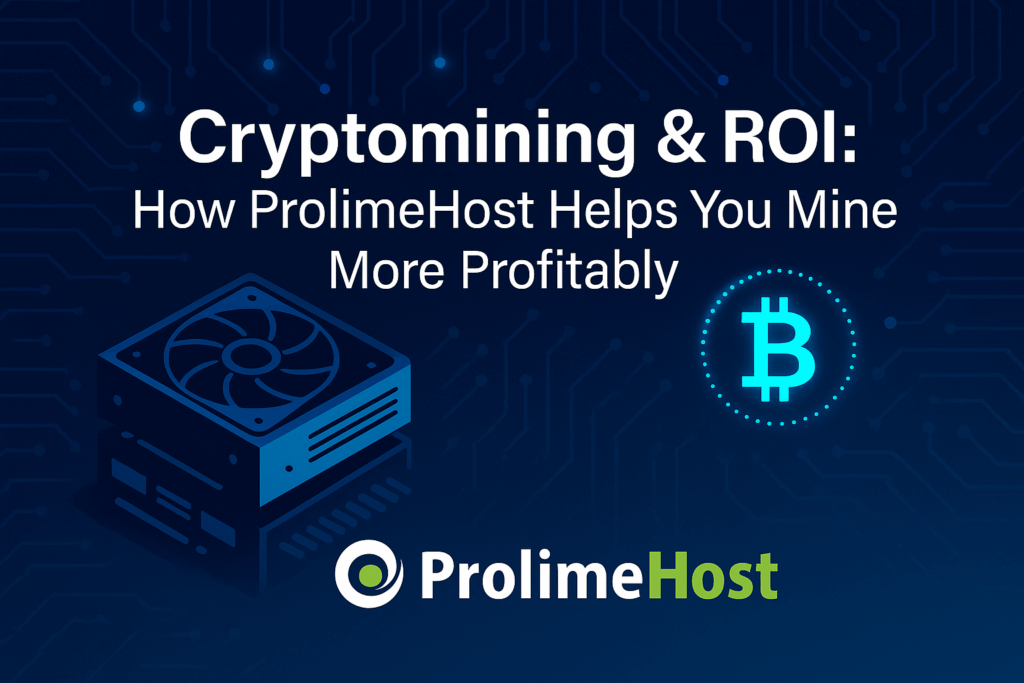
Cryptomining has evolved from a curious experiment into a highly competitive infrastructure-driven industry. What once required a powerful home PC now demands robust GPU servers, stable environments, predictable costs, and round-the-clock uptime. For miners today, profitability is no longer determined solely by hash rate. It’s determined by whether your hardware runs without interruption, how efficiently it operates, and whether the infrastructure supporting it is engineered for continuous high-load performance.
This is exactly where ProlimeHost delivers a meaningful advantage.
What Is Cryptomining?
Cryptomining is the process of validating and securing blockchain transactions. Miners use computational power to solve complex equations; the first to complete the task earns the block reward. That reward becomes the miner’s income, and the blockchain gains a new verified entry.
In the early days of cryptocurrency, almost anyone could mine using a consumer-grade CPU or GPU. But as networks grew, difficulty increased and competition intensified. Mining became an operational discipline requiring dedicated hardware, optimized cooling, high-efficiency power, and datacenter-grade uptime. Today, even small-scale miners rely on infrastructure quality just as much as raw compute power.
Why GPUs Still Matter
Although ASIC devices dominate Bitcoin mining, GPUs remain the backbone for many profitable proof-of-work coins—such as Kaspa, Flux, Ergo, and Ravencoin. Their flexibility is unmatched: miners can switch algorithms, jump to more profitable coins, or diversify workloads when the market shifts.
This adaptability gives GPU miners a strategic advantage. Instead of being tied to a single blockchain, they can rebalance daily or even hourly based on profitability. Many miners also run dual-purpose GPU stacks that support both cryptomining and AI inference, unlocking additional revenue streams. In an industry shaped by volatility, versatility equals resilience—and resilience equals ROI.
The Real Mining Challenge: Uptime, Thermals, and Predictability
Modern cryptomining isn’t just about power. It’s about consistency.
A GPU that stops hashing, even for a few minutes, means lost earnings. Hardware that overheats degrades quickly. Unpredictable power, unstable storage, or bandwidth interruptions can reset mining processes, corrupt workloads, and create costly downtime.
Profitability depends on stable operating conditions. Miners need hardware designed to run at full load, optimized cooling, reliable power, and a network capable of delivering uninterrupted connectivity. On top of that, they need fixed costs they can count on. Cloud environments with variable billing are unsuitable for mining; pricing swings destroy ROI models. Mining requires predictable infrastructure—and that’s exactly what ProlimeHost provides.
How ProlimeHost Helps Miners Succeed
ProlimeHost has spent more than 22 years building infrastructure that prioritizes uptime, stability, and reliable performance. For miners, that translates directly into higher profitability.
One of the biggest advantages comes from our enterprise-grade hardware. Mining is harsh on equipment, which is why we deploy high-efficiency power supplies, premium cooling systems, durable risers, and robust motherboards designed to run GPUs under continuous load. This not only improves performance stability but also prolongs hardware lifespan.
Our AMD EPYC and Threadripper platforms are ideal for multi-GPU configurations. With abundant PCIe lanes and superior bandwidth handling, they support high-density GPU mining rigs without creating bottlenecks. For miners who want flexibility, we offer a wide range of GPUs—RTX 4090s, 4080s, 4070s, NVIDIA A-series cards, and even A100s and L40S units for hybrid mining-plus-AI workloads.
Every server comes with full IPMI/KVM access, allowing miners to manage systems remotely. Whether you’re adjusting BIOS settings, reinstalling the OS, tuning clocks, or monitoring performance, you can do everything from anywhere in the world without relying on on-site support.
Storage matters too. Many miners run custom OS images, scripts, and wallets. To keep rigs online during drive failures, we use RAID options that prevent mining jobs from crashing or stopping unexpectedly. Stable storage keeps rigs online—and online rigs generate revenue.
Perhaps most importantly, ProlimeHost offers predictable, flat-rate monthly pricing. There are no bandwidth charges, no egress fees, no surprise overages, and no dynamic billing. Miners know exactly what their infrastructure costs every month, making profitability calculations simple and transparent.
All of this is reinforced by our proven uptime record. With redundant power, cooling, and a Cisco-powered network engineered for stability, ProlimeHost keeps miners online even under heavy global traffic. For operators who can’t afford interruptions, this reliability is a cornerstone of long-term ROI.
Recommended Approaches for Different Types of Miners
Not all miners operate the same way. Some focus on energy efficiency, others on maximum hash power, and others on blending mining with AI workloads. ProlimeHost supports all three strategies.
Miners focused on efficiency often choose Threadripper or Ryzen systems paired with mid-range GPUs tuned for optimal performance per watt. High-performance miners, on the other hand, gravitate toward EPYC platforms loaded with 6–8 high-end GPUs like the RTX 4090 or A6000. For operators seeking dual-purpose revenue, we deploy AI-oriented GPUs such as the A100 or L40S that can mine during off-peak hours and run inference jobs when profitable opportunities arise.
Whether you’re launching your first mining server or scaling a multi-node operation, ProlimeHost can design an infrastructure tailored specifically to your strategy.
FAQs
Is cryptomining still profitable today?
Yes—profitability depends on efficiency, uptime, and infrastructure reliability, all of which ProlimeHost optimizes for.
Do GPU mining servers run too hot?
Not in an enterprise environment. Our optimized airflow, cooling strategies, and hardware quality maintain stable temperatures under full load.
Can miners shift between coins easily?
Absolutely. GPU miners can switch whenever profitability changes, often within seconds.
Can everything be managed remotely?
Yes. Full IPMI/KVM access gives you complete control of your server without needing onsite support.
Do you support custom or high-density GPU builds?
Yes—we can deploy nearly any GPU configuration depending on your mining strategy.
Ready to Build a Profitable Mining Operation?
ProlimeHost provides the uptime, stability, and hardware quality miners need to stay competitive in a demanding global ecosystem. If you’re ready to launch or scale a mining infrastructure designed for long-term ROI, our team is here to help.
 sales@prolimehost.com
sales@prolimehost.com +1-888-976-7546
+1-888-976-7546 https://www.prolimehost.com
https://www.prolimehost.com
The post Cryptomining: What It Is and How ProlimeHost Helps You Do It Profitably first appeared on ProlimeHost.




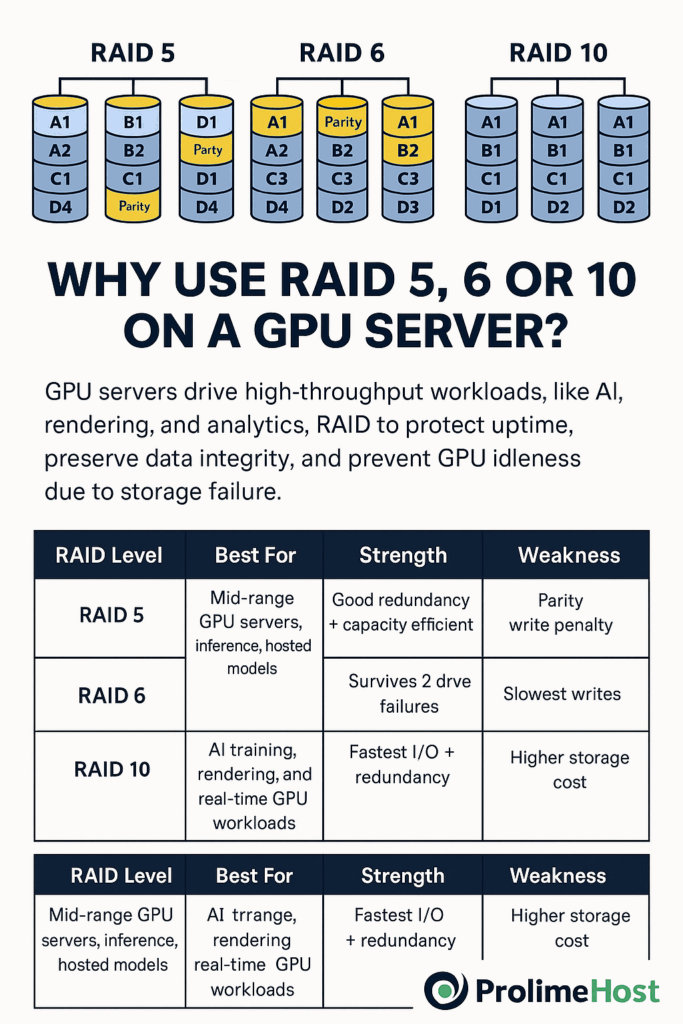

 (877) 477-9454
(877) 477-9454





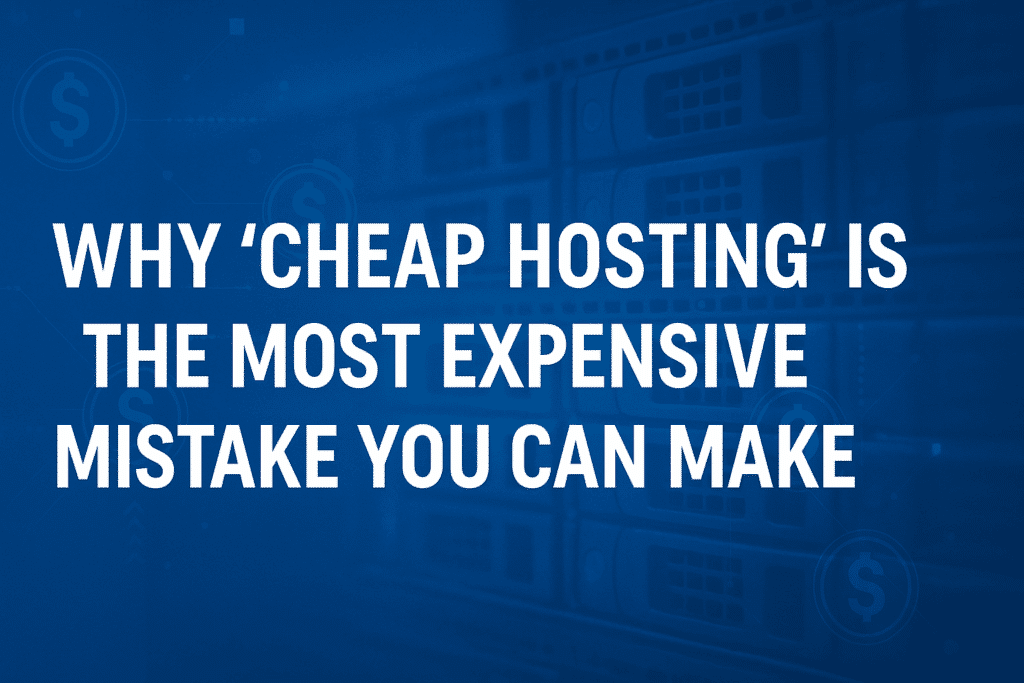
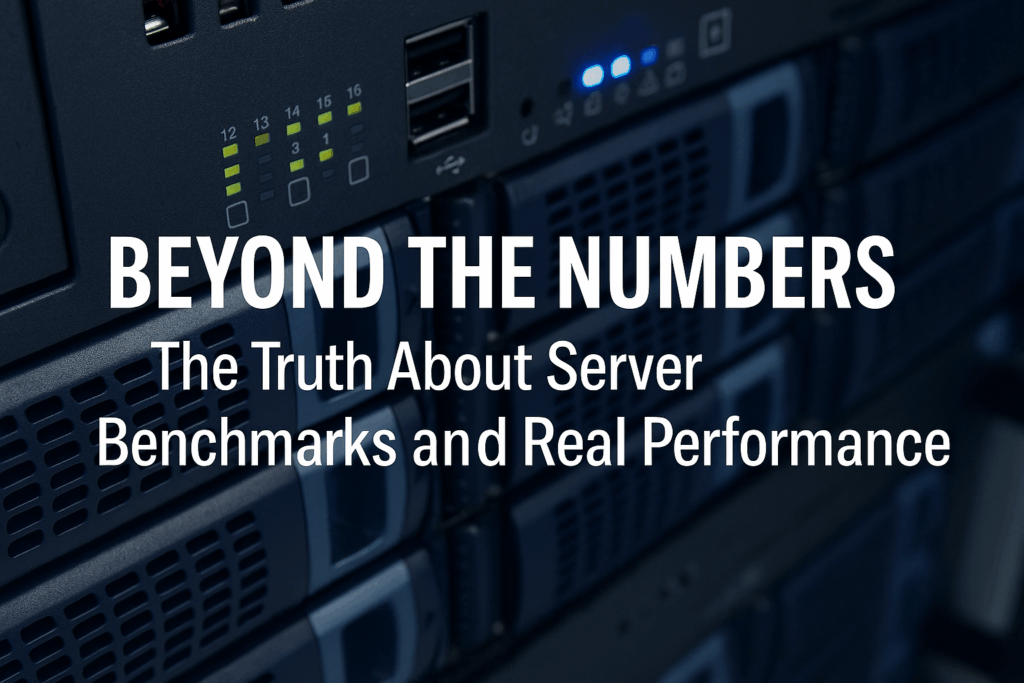
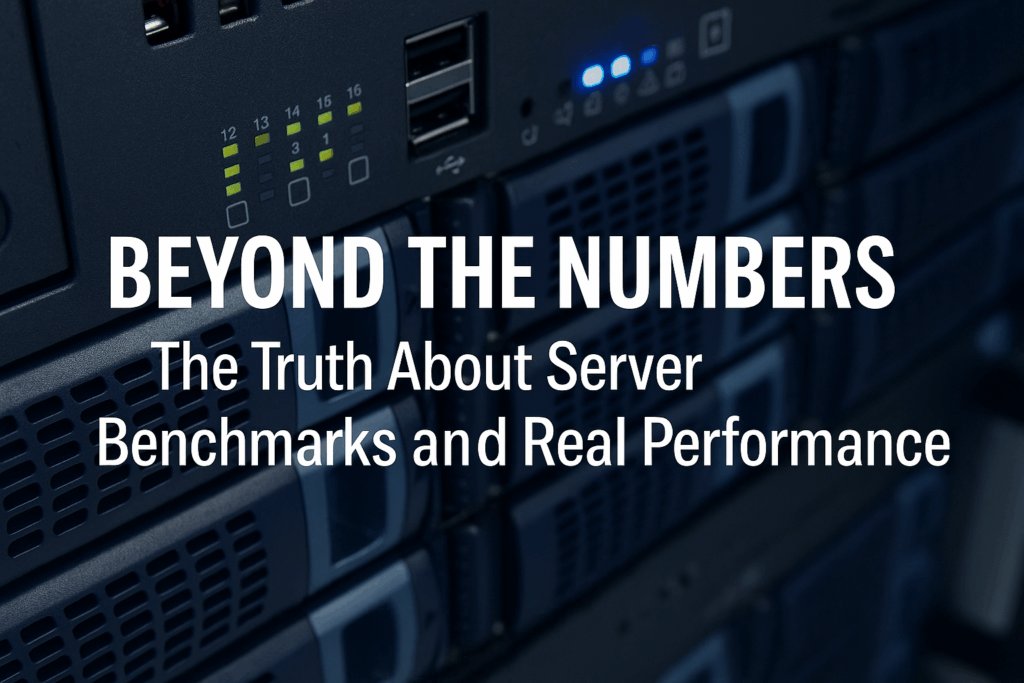
 Learn more or build your custom GPU configuration today:
Learn more or build your custom GPU configuration today: Visit:
Visit: 


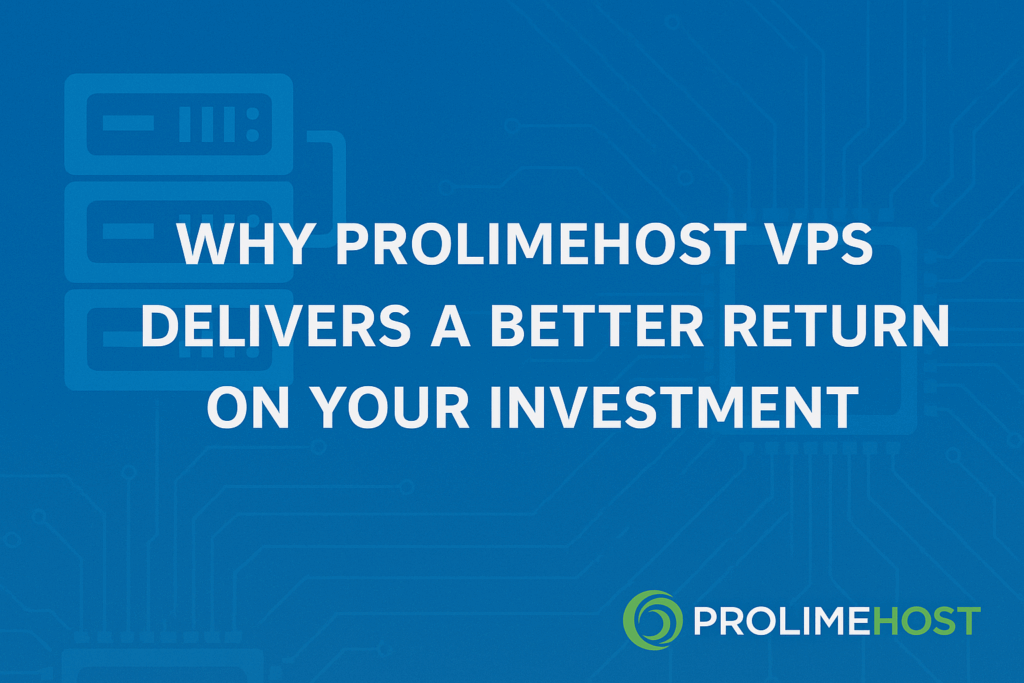
 Build your VPS today:
Build your VPS today: (877) 477-9454
(877) 477-9454
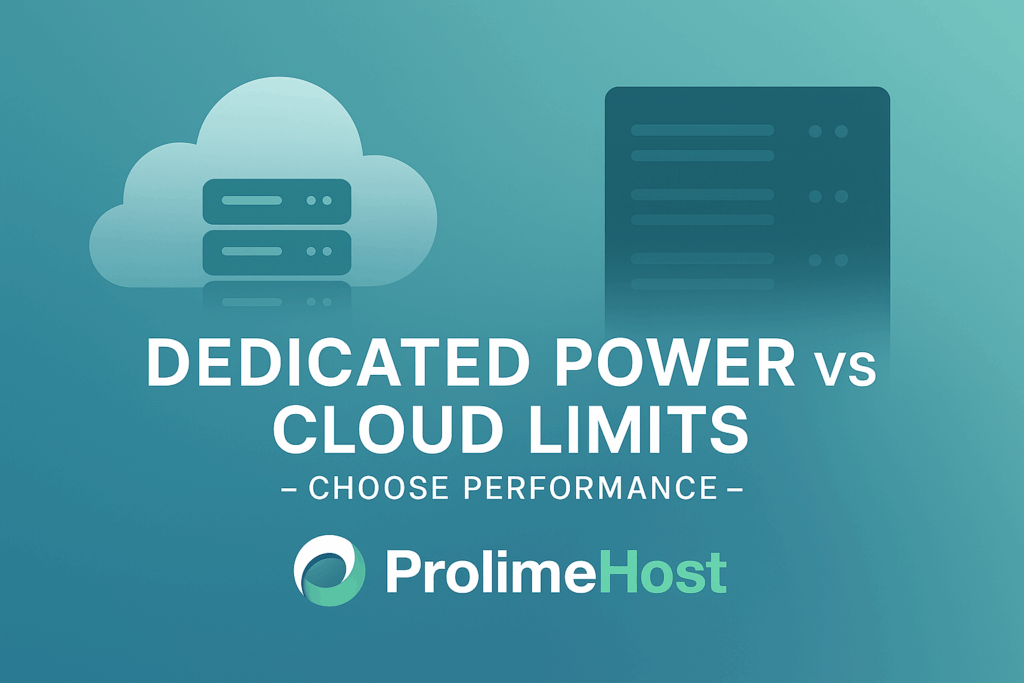
 Contact Our Experts Today
Contact Our Experts Today